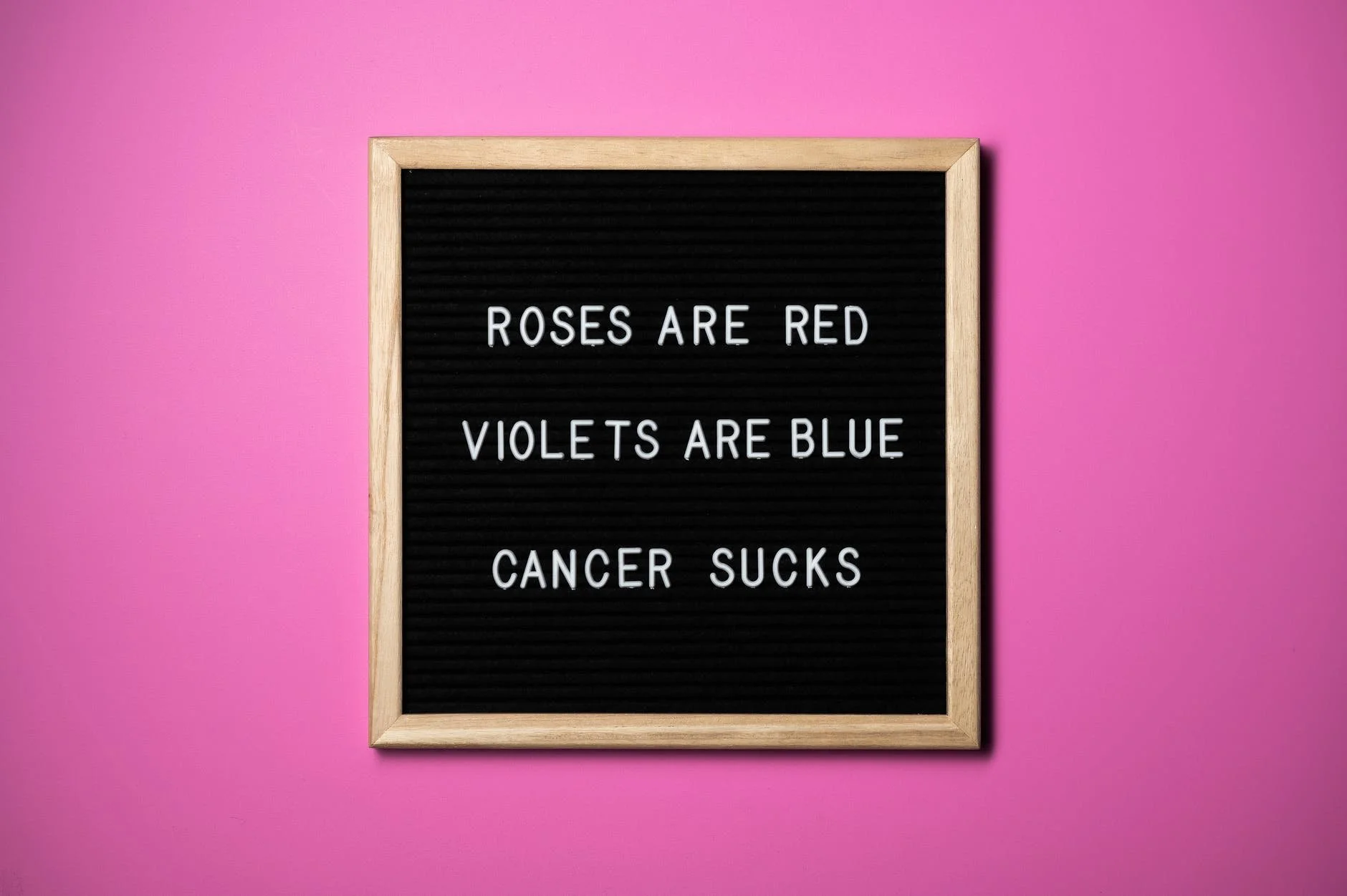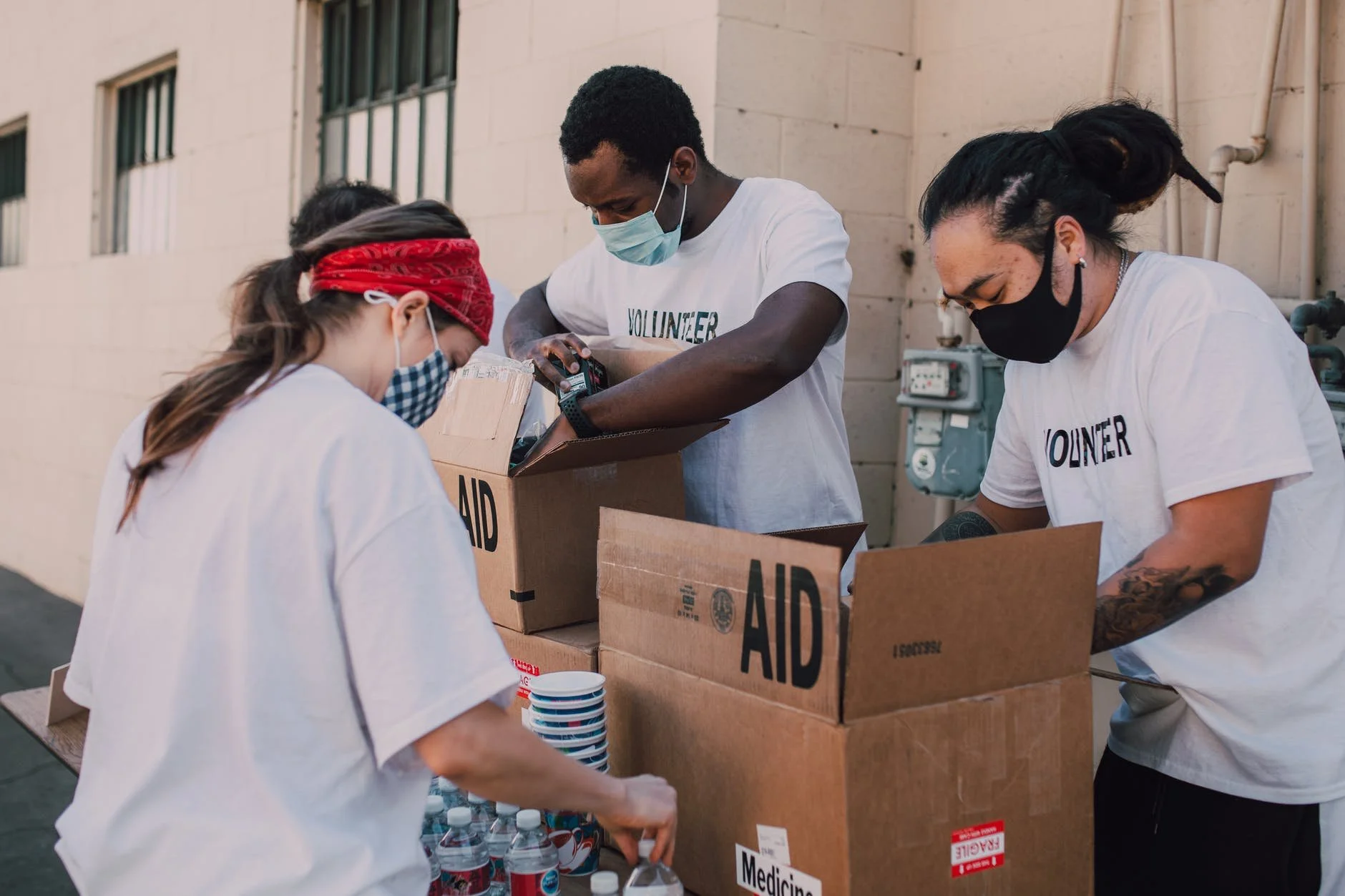By Kimberly Eugene, 07/03/2022
The Internet’s latest obsession with sharing humorous personalized images, also called memes, has resulted in the emergence of a whole new way to market in the digital marketplace.
One example worth mentioning is The Susan G. Komen Foundation. The organization has become the world’s largest nonprofit source of funding for the fight against breast cancer, and it is partly due to their ability to encourage cyberactivism by desseminating messages successfully in the form of memes to their social media communities, and mobilizing their audiences. These memes are very successful at diffusing messages and pushing individuals to participate because they are filled with fun opportunities for personalization and individuals who share the message feel good about doing their part to spread breast cancer awareness.
In fact, in 2010, The Susan G. Komen Foundation reported an increase in interest and contributions following their popular viral memes (Stein, 2010). One of the most popular breast cancer awareness memes created by the organization was shared on Facebook as a private message request asking females to update their Facebook status to the location where they like to put their purse. Status updates would read “I like it on the floor” or “I like it behind the couch.” The idea was that men would log onto Facebook, see that their female friends had these bizarre sexualized statuses and become confused. Thus, this fun activity was designed to raise awareness for breast cancer (Albanesius, 2010).
Cyberactivism
Cyberactivism has become one of the most powerful forms of social media mobilization. Since the introduction of the collaborative Web 2.0 Internet in the early 2000s, many users have felt more empowered to affect change in the real world with the help of their connections to various social media communities on the Internet. These social media platforms have been utilized by individuals to promote many different causes and charities.
We are eager to share our cyberactivism efforts with our networked communities and ask them to join because, overall, humans want to do the right thing, and if the call is simply asking us to “like” or “share” a status, then we don't mind doing our part.
However, social media practitioners want to be sure that their media messages are encouraging behavior change and mobilizing audiences. The problem with these types of diffusion-focused campaigns is that they are not always linked to real-world action. Memes allow individuals to put their efforts into a vague status update instead of something more useful to the cause, like volunteering, donating money, signing a petition, or writing a letter.
“Mobilization is defined as the process by which candidates, parties, activists, and groups induce other people to participate.”
(Rosenstone & Hansen, 2003)
Although these viral campaigns put great effort into disseminating prevention and self-check information to the public, breast cancer campaigns do little to actually spread tangible information regarding the initiative's goals. Therefore, before creating a social media mobilization campaign, it is important to ask whether your biggest challenge is that consumers don't know that you exist, or are they just not interested in your services?
Most every organization would benefit more from messages that were tied to practical real-life mobilization efforts. Pairing your message with more action-oriented mobilization approaches will transform audiences into more interested, knowledgeable and invested advocates for your cause.
Kimberly Eugene - Content Marketing Specialist
Owner of PRTYNVRNDS LLC
Futuristic | Strategic | Developer | Positivity | Relator
prtynvrnds.business.blog
References:
Albanesius, C. (2010) Why the color Facebook updates? Breast cancer awareness. Available at http://appscout.pcmag.com/social-networking/270867-why-the-color-facebook-updates-breast-cancer-awareness (accessed June 8, 2016).
Mahoney, L., M. and Tang Tang. Strategic Social Media: From Marketing to Social Change. Available from: MBS Direct, Wiley Global Research (STMS), 2016.
Rosenstone, S. & Hansen, J. (1993) Mobilization, Participat-ion, and Democracy in America. New York: Macmillan.
Stein, S. (2010) Breast cancer awareness just gets sexier every day. Available at http://jezebel.com/5657153/breast-cancer-awareness-just-gets-sexier-every-day (accessed June 8, 2016)




